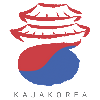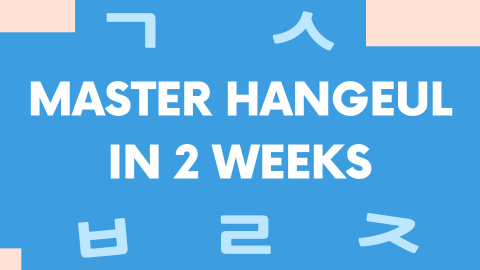Korean Lessons ᚛ Level 2 - Korean for Beginners #1 (Lessons 31 to 60) ᚛ Lesson 50 - Say "and" between nouns in Korean [와/과] [(이)랑] [하고]
Say "and" between nouns in Korean [와/과] [(이)랑] [하고]
Expressing a connection between two elements, that is, saying "and" in Korean, isn't difficult, but it does change depending on whether one is listing nouns or verbs and adjectives.
In this chapter, we will study three different particles used for listing nouns, and, in the next chapter, we will see how to list actions.
"And" with 하고 in Korean
하고 is the most common way to say "and" between two nouns in Korean.
나는 사과하고 복숭아 좋아해.
→ I like apples and peaches.
김치하고 햄만 사.
→ Buy kimchi and ham only.
필통에 연필하고 지우개가 있어요.
→ There are a pencil and an eraser in the pencil case.
지갑하고 핸드폰이 없어졌어.
→ My wallet and my phone have disappeared.
서점에서 책하고 펜을 샀어요.
→ I bought a book and a pen at the bookstore.
"And" with 와 / 과 in Korean
Learn more
"And" with (이)랑 in Korean
A third way of expressing "and" in Korean is to use (이)랑. This particle works like the others but is particularly used when speaking out loud, especially if the "and" is between people.
- If the nominal group ends with a vowel: [Noun]랑
- If the nominal group ends with a consonant: [Noun]이랑
커피랑 케이크 주세요.
→ Please give me coffee and cake.
고구마랑 감자는 비슷해요.
→ Sweet potatoes and potatoes are similar.
재현이랑 민지는 정말 잘 어울려.
→ Jaehyeon and Minji really go well together.
동생이랑 어머니는 백화점에 갔어.
→ My younger sister and mother went to the department store.
오렌지랑 귤 비슷하게 생겼어.
→ Oranges and tangerines look similar. (lit. Oranges and clementines are shaped similarly.)
The comma in Korean
Learn more
Exercises
Learn more
Coming soon
Learn more

